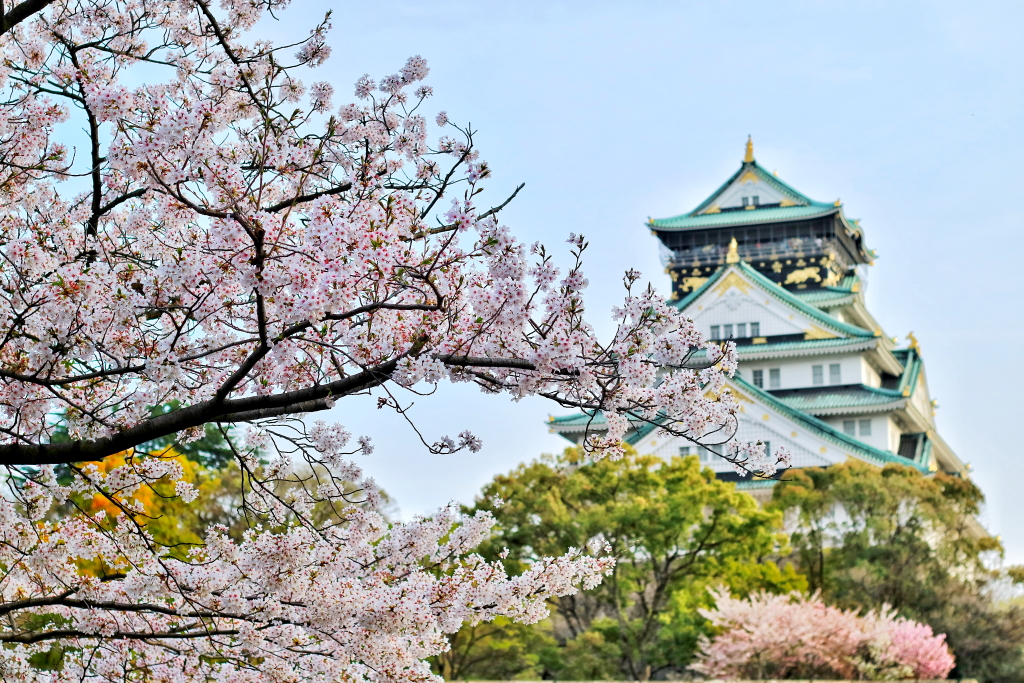Japan is a popular travel destination for tourists from all around the world, but for those who plan to stay connected while abroad, data roaming can be a crucial concern. To help you stay connected while in Japan, here’s what you need to know about data roaming, including which operators and bands are used.

Choosing an Operator There are three major mobile operators in Japan: NTT Docomo, SoftBank, and KDDI au. All three offer prepaid data plans for visitors to Japan. However, the most popular choice for foreign tourists is the Japan Welcome SIM, which is offered by NTT Docomo. This SIM card offers unlimited data for up to 14 days and can be purchased at airports or online before your trip. SoftBank and KDDI au also offer similar SIM cards for visitors, but the Japan Welcome SIM is often the most affordable and convenient option.
Bands Used In Japan, mobile networks use different frequencies or bands for 3G and 4G/LTE. It is important to check that your device is compatible with the bands used in Japan to ensure that you will be able to access mobile data while in the country. In general, most modern smartphones and tablets support the necessary bands for use in Japan, but it is always a good idea to check with your device’s manufacturer to confirm.
NTT Docomo uses the following bands for their 3G and 4G/LTE networks:
- 3G: Band 1 (2100MHz)
- 4G/LTE: Band 1 (2100MHz), Band 3 (1800MHz), Band 19 (800MHz), Band 21 (1500MHz), Band 28 (700MHz), Band 42 (3500MHz)
- 5G : Band n77 (3700MHz), n79 (4500MHz), n257 (28 GHz)
SoftBank uses the following bands for their 3G and 4G/LTE networks:
- 3G: Band 1 (2100MHz), Band 8 (900MHz)
- 4G/LTE: Band 1 (2100MHz), Band 3 (1800MHz), Band 8 (900MHz), Band 11 (1500MHz), Band 18 (800MHz), Band 20 (800MHz), Band 28 (700MHz), Band 41 (2500MHz), Band 42 (3500MHz)
- 5G : Band n77 (3700MHz), Band n257 (28 GHz)
KDDI au uses the following bands for their 3G and 4G/LTE networks:
- 3G: Band 1 (2100MHz), Band 6 (800MHz)
- 4G/LTE: Band 1 (2100MHz), Band 3 (1800MHz), Band 8 (900MHz), Band 11 (1500MHz), Band 18 (850MHz), Band 28 (700MHz), Band 41 (2500MHz), Band 42 (3500MHz).
- 5G : Band n28 (700MHz), Band n77 (3700MHz), Band n257 (28 GHz)
Rakuten uses the following bands for 3G, 4G and 5G networks
- 4G : Band 3 (1800 MHz)
- 5G : Band n3 (1800 MHz), n77 (3700 MHz) , n257 (28 GHz)
Data Usage Tips When using data in Japan, it is important to keep in mind that your usage may be subject to a fair usage policy. This means that if you use a large amount of data in a short period of time, your connection speed may be throttled or slowed down. To avoid this, try to limit your data usage to essential apps and services, and use Wi-Fi whenever possible. Additionally, if you plan to use your data for streaming videos or music, consider purchasing a local SIM card with a larger data allowance to avoid any unexpected charges.
For users who are roaming in Japan, please ensure that your phone supports as many of the LTE bands used in Japan. Some operators might need VoLTE* to be enabled. Always check with your local operator for special requirements are required to roam in Japan.
In conclusion, staying connected while traveling in Japan is important, and understanding the mobile operators and bands used can help ensure that you have a reliable and affordable data connection throughout your trip. By choosing a prepaid data plan from NTT Docomo, SoftBank, or KDDI au, and checking that your device is compatible with the necessary bands, you can enjoy fast and reliable data wherever you go in Japan.
If you do not wish to purchase a prepaid sim in Japan, you can also purchase this card on Shopee.sg and use it when you lands in Japan.

ICC JAPAN SIM which runs on Softbank. Prices start from S$9.90 (for 4 days of unlimited data)
* xiaomi phone users can disable carrier detect to enable VoLTE on not supported networks with the code *#*#86583#*#*. Do it once and you will see a pop up message CARRIER DETECT DISABLED. Once that is done, enable VoLTE on phone settings and check if there is a VoLTE logo on the top bar.